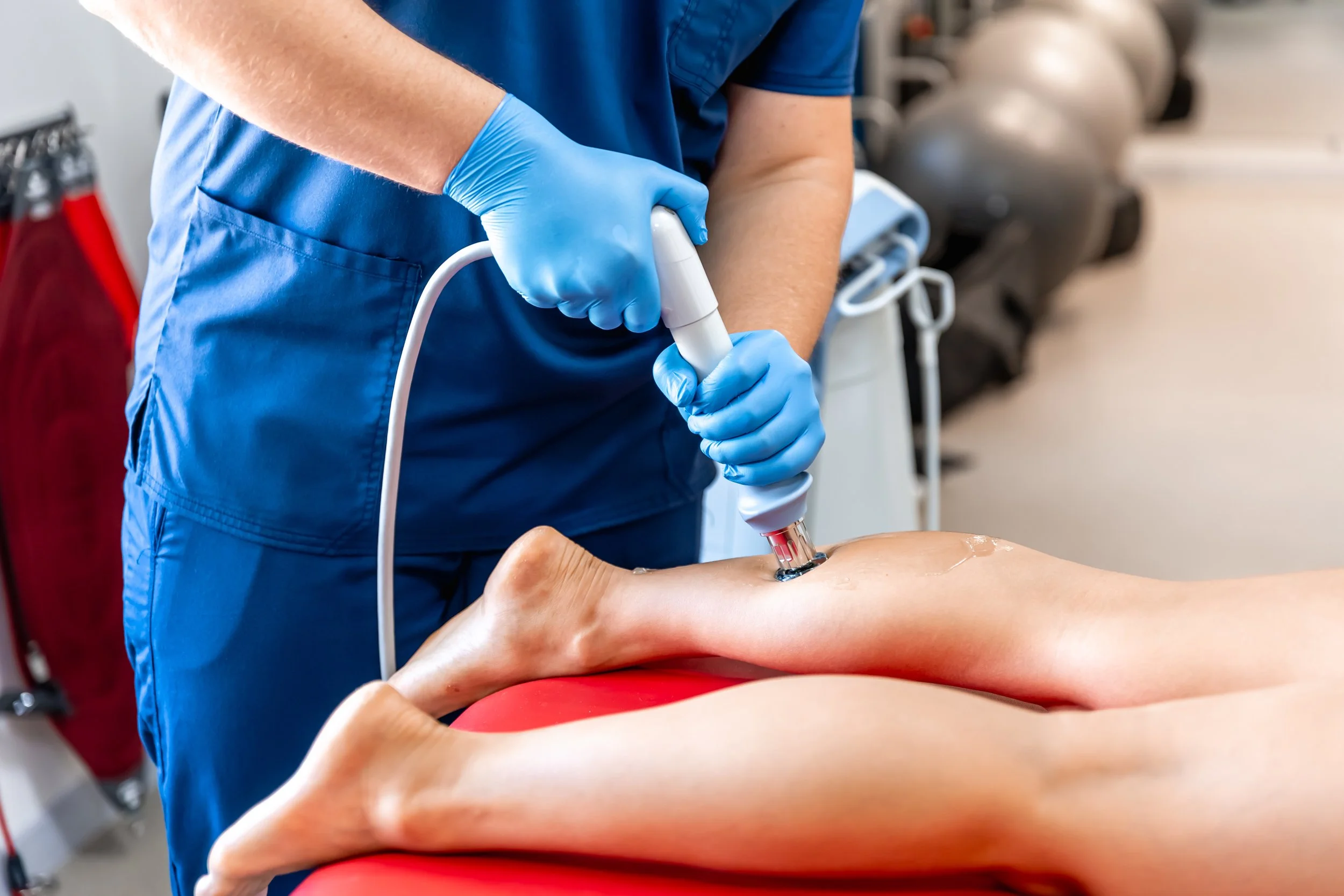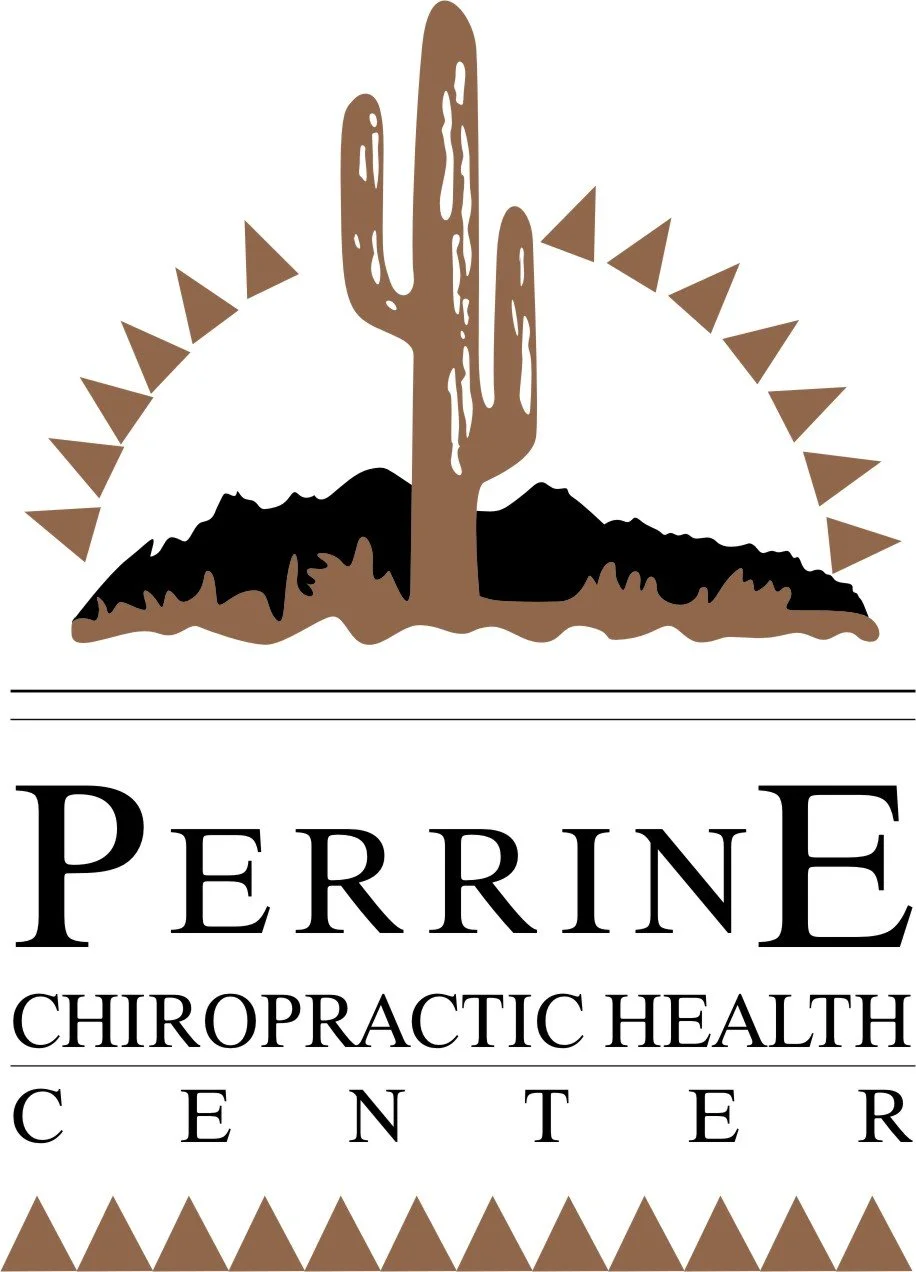Shockwave or RPW
Revolutionizing treatment with modern medical technology
Chronic pain can be debilitating. Soft tissue injuries can affect everyone from professional athletes to people who work at a desk all day. No one is immune. Finding relief is critical. A new state-of-the-art therapy has been shown to produce amazing results when it comes to treating chronic pain where other treatments have failed. If you think you’ve tried everything, this treatment may be exactly what you’ve been looking for!
Radial Pulse Wave (RPW) goes by many names including Radial Pressure Wave Therapy (RPWT), Extracorporeal Shockwave Therapy (ESWT), Shockwave Therapy, and Acoustic Wave Therapy (AWT). Let’s not get too caught up about the name, let’s talk about how it works and the benefits it provides.
Radial Pulse Wave (RPW) produces acoustic waves that create gentle oscillations in the tissue. This helps reduce pain and activate connective tissue healing by increasing blood flow while simultaneously breaking down scar tissue—remodeling damaged tissue by stimulating new cell growth.
What’s so unique about RPW therapy?
Here is what separates RPW from other treatments. Chronic pain is the result of poorly healed injuries. Image what would happen if you had a severely broken leg that was not properly treated? The body would heal the break as best as possible, which would lead to chronic pain and dysfunction. Unfortunately, many seemingly minor sprains and strains are left to heal on their own, leading to a buildup of scar tissue which is weaker, less flexible, and more pain sensitive. Hence—chronic pain.
Until we remodel the damaged tissue, pain and restriction will continue. RPW effectively works to both rebuild new tissue and reduce pain at the same time. This dramatically reduces the amount of treatments required. Many patients experience improvement in both pain and mobility after their first treatment with complete resolution coming after only six treatments! While results will vary depending on the extent of the damage and your overall health, most people will see results relatively quickly.
What are the risks and what are the benefits of RPW?
This breakthrough technology for treating chronic pain is both safe and effective. Unlike steroid injections or surgery, RPW requires no invasive procedures. A small hand held transducer is placed on the skin with a topical gel over the injured. No anesthesia or medication is required. Treatment durations last from five to fifteen minutes depending on the condition. Best of all, you have no restrictions after treatment, allowing to return to your day.
Hundreds of clinical studies have shown the effectiveness of RPW, especially for patients who have “tried everything” without relief. With no risk, complications, or extensive downtime for recovery, why not give it a try? Don’t let chronic pain impact your quality of life by making exercise, work, and social engagements challenging. You are one step closer to being pain free!
Common benefits of RPW include:
*Safe and effective
*Non-invasive without the need for drugs, injections, or surgery
*No downtime after treatment
*Lasting results
*Elimination of pain
*Improved mobility and function
*Efficiently quick treatment times
*Fast results with minimal treatments required
What areas can RPW effectively treat?
*Neck pain
*Trigger points *Shoulder pain
*Biceps tendinitis
*Rotator cuff injuries
*Elbow pain
*Tennis elbow
*Golfers elbow
*Wrist pain
*Carpal tunnel
*Hip pain
*Knee pain
*Patellar tendinitis
*Iliotibial (IT) band syndrome
*Shin splints
*Achilles tendon pain
*Ankle sprains-
*Heel spurs
*Plantar fasciitis
*Trochanteric bursitis


